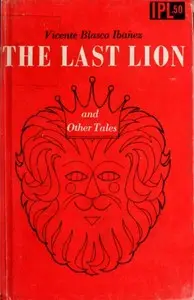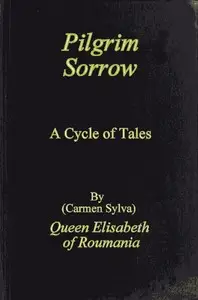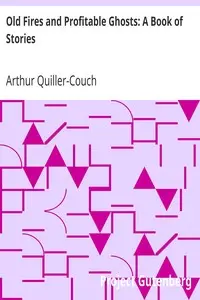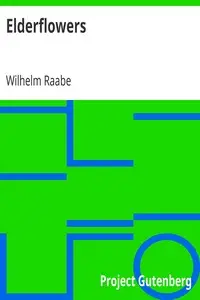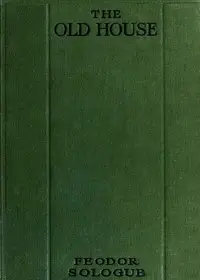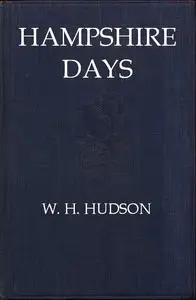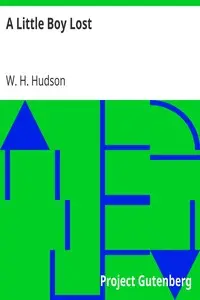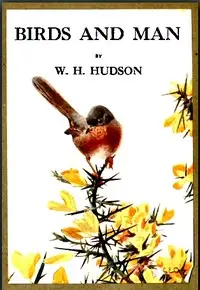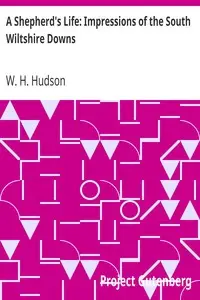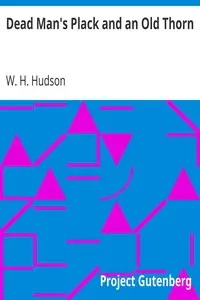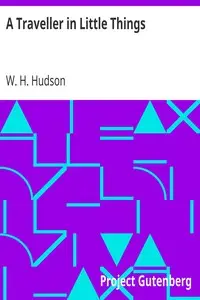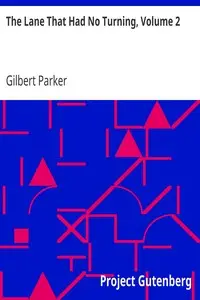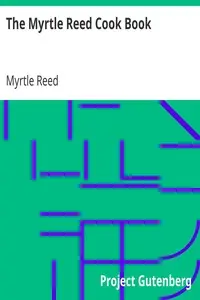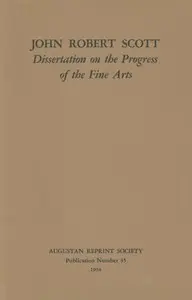"El Ombú" by W. H. Hudson is a collection of early 20th-century short stories that explores themes of memory, loss, and the decline of life on the Pampas, symbolized by the grand ombú tree. The stories revolve around Nicandro, an old man who recounts the history of the deserted estate, El Ombú, focusing on figures like Santos Ugarte, a powerful man haunted by the lack of an heir, and the sorrowful events that befell his family and those around him, like the slave Meliton. Narrated with nostalgia and melancholy, Nicandro's tales reveal the personal and social impacts of grief and regret.
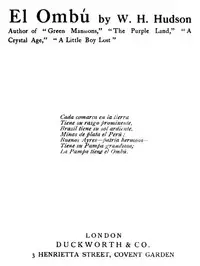
El Ombú
By W. H. (William Henry) Hudson
Amidst a fading estate and the shadow of a giant tree, an old man's stories of past sorrows reveal the tragic cost of power and the lasting impact of lost lives.
Summary
About the AuthorWilliam Henry Hudson, known in Argentina as Guillermo Enrique Hudson, was an Anglo-Argentine author, naturalist and ornithologist. Born in the Argentinian pampas where he roamed free in his youth, he observed bird life and collected specimens for the Smithsonian Institution. The Patagonian birds Knipolegus hudsoni and Asthenes hudsoni are named after him. He would later write about life in Patagonia that drew special admiration for his style. His most popular work Green Mansions (1904), a romance set in the Venezuelan forest inspired a Hollywood movie and several other works.
William Henry Hudson, known in Argentina as Guillermo Enrique Hudson, was an Anglo-Argentine author, naturalist and ornithologist. Born in the Argentinian pampas where he roamed free in his youth, he observed bird life and collected specimens for the Smithsonian Institution. The Patagonian birds Knipolegus hudsoni and Asthenes hudsoni are named after him. He would later write about life in Patagonia that drew special admiration for his style. His most popular work Green Mansions (1904), a romance set in the Venezuelan forest inspired a Hollywood movie and several other works.

